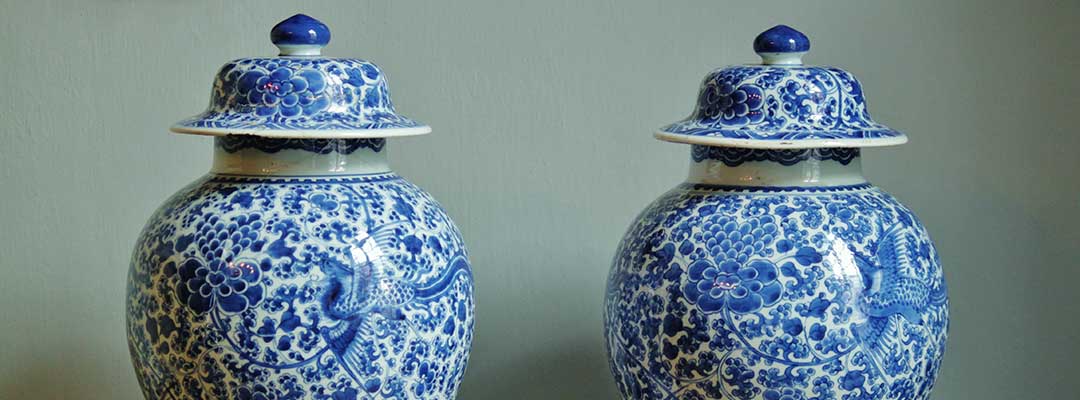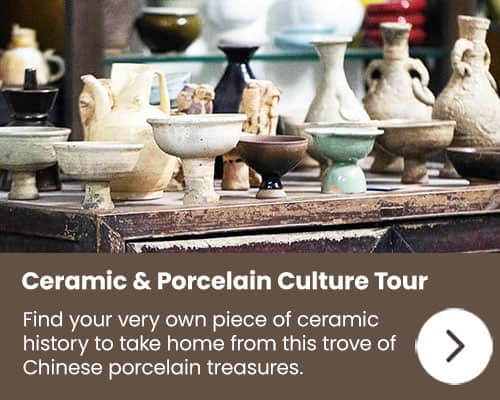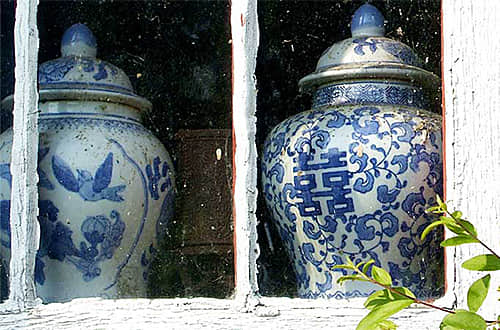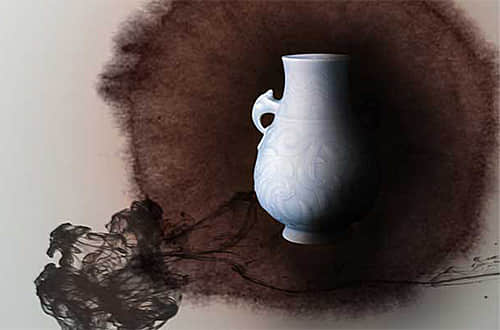How Should I Look After Porcelain?

If you own a restaurant and have chosen to use porcelain for your crockery, or if you chose porcelain dishes to serve food on to your family, you probably did so largely because it is so tough and hard-wearing while still being elegant enough for presentation of fine cuisine. Having been fired at such a high temperature, it is dishwasher-safe, microwave-safe, heatproof, non-porous, quite non-stick, and totally suitable for food presentation. That being said, it certainly does not mean that porcelain is unbreakable, and reasonable care should be taken when handling all ceramic dinnerware.
However, not everything that is labelled"porcelain" is the real deal. Usually, true porcelain is called "hard paste porcelain" because there is also "soft paste porcelain" which is sometimes made in Europe in imitation of the genuine Chinese porcelain. The soft paste product has a softer body (the shaped clay after the initial firing), and is a little bit porous because the glaze has been fired at a lower temperature and so is a separate layer from the body. Hard paste porcelain has a glassy appearance, and is tough and non-porous. Fired at a higher temperature, the glaze melts right into the body and the pieces can be thin-walled and almost transparent, at the same time as being strong.
Importantly, not all porcelain is used for eating and drinking, and the most precious collectible pieces can be extremely fragile simply by virtue of their intricate workmanship, and others are irreplaceable by virtue of being truly ancient and therefore in need of extra care.
Here are some things to consider when purchasing, handling, transporting, displaying, cleaning and repairing your precious porcelain objects.
When you are thinking about buying porcelain collectibles, you need to check them out very carefully to find any potential problem areas. Ideally, touching them as little as you can, but naturally if you are making a purchase you want to be hands-on. Make sure that you are not wearing any jewelry such as rings, bracelets or watches, or anything that could scratch or damage the piece, and be aware that your fingers might leave marks on the surface of any unglazed pieces. Always hold the piece steady with both hands, and don't pick it up unsupported by spindly or weak parts such as handles or stalks.
As you carefully handle each piece, you need to check for any tiny cracks, crazing or pitting in the glaze, and check them out. A light fingernail tap should produce a ringing tone, a dull sound may indicate a flaw. Holding the piece to the light may also expose any renovated parts or flaws. Looking carefully at the surface for any sections that may be unstable and flaking or lifting. If the piece has previously been exposed to water you might notice corrosion of metal parts, or stains in the glaze, or cracking.
Great care will need to be taken when you come to transport your newly acquired collectibles. If you are already aware of any possible weak points in the construction you will better be able to construct safe packaging. They need to be safe from jarring, and even vibration over an extended period can be damaging. Some items also need to be protected from any possible moisture.
In the past, people would show off their beautiful porcelain on the mantelpiece, but if you have purchased a priceless item, you may want to find a safer position like suitable display cabinet for placing a number of pieces together, as long as they are not crowded so that they could jangle against each other. Hanging pieces by their handles may seem attractive, but vibrations from resilient floor or nearby road, which may cause works to shake and move. Setting them on suede can be a good way to keep your works safe. If the display is in a heavy traffic area, with the passers-by possibly bumping the case, and the items may be damaged. You may need to buy some specially designed plastic holders to keep your works visible, dust-free, and safe.
Although washing your porcelain dinnerware in the dishwasher is fine, extreme caution is needed if you decide to clean your collectibles. First be sure that you are looking at a mark or something that really needs to be cleaned off, and whether it is possible to do so without causing damage. Before using any chemical or cleaner, be sure that you have identified the exact type of material you are looking at. Any already damaged parts will need extra care as liquids seeping into cracks in the surface will do more damage.
A decision to personally repair a broken porcelain piece will depend on its value. Special adhesives can be purchased that are suitable for damaged tableware. Ceramics curators have access to specialist adhesives that are not available to the public. If you have a valuable piece that needs fixing, you would do best to go to the experts rather than cause irreversible damage with unsuitable materials.


 Chinese Porcelain
Chinese Porcelain  The History of Chinese Porcelain
The History of Chinese Porcelain  Where Can I Buy Good Porcelain?
Where Can I Buy Good Porcelain?  China Ceramics and Porcelain Tour
China Ceramics and Porcelain Tour